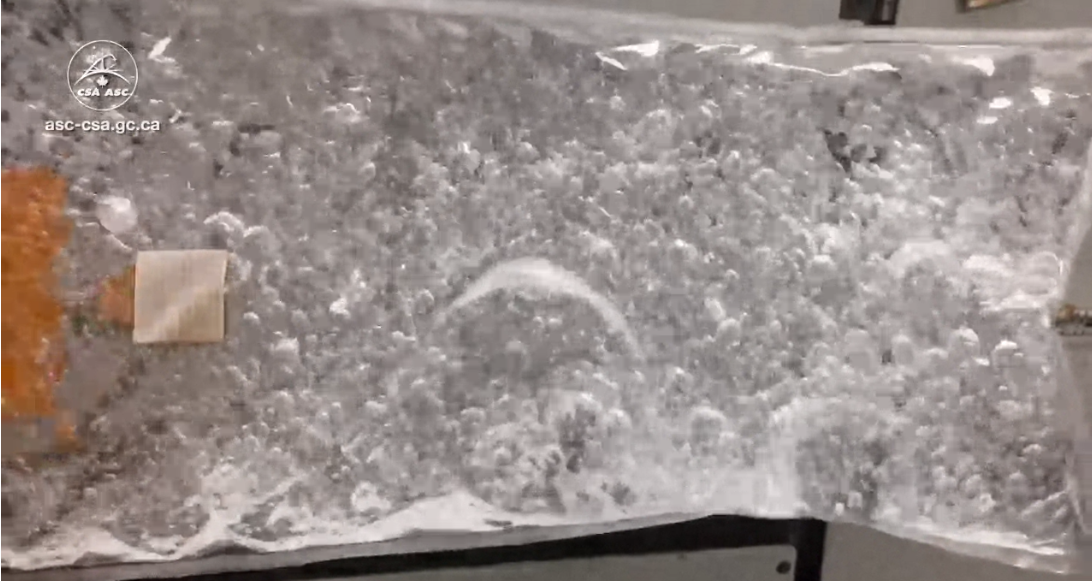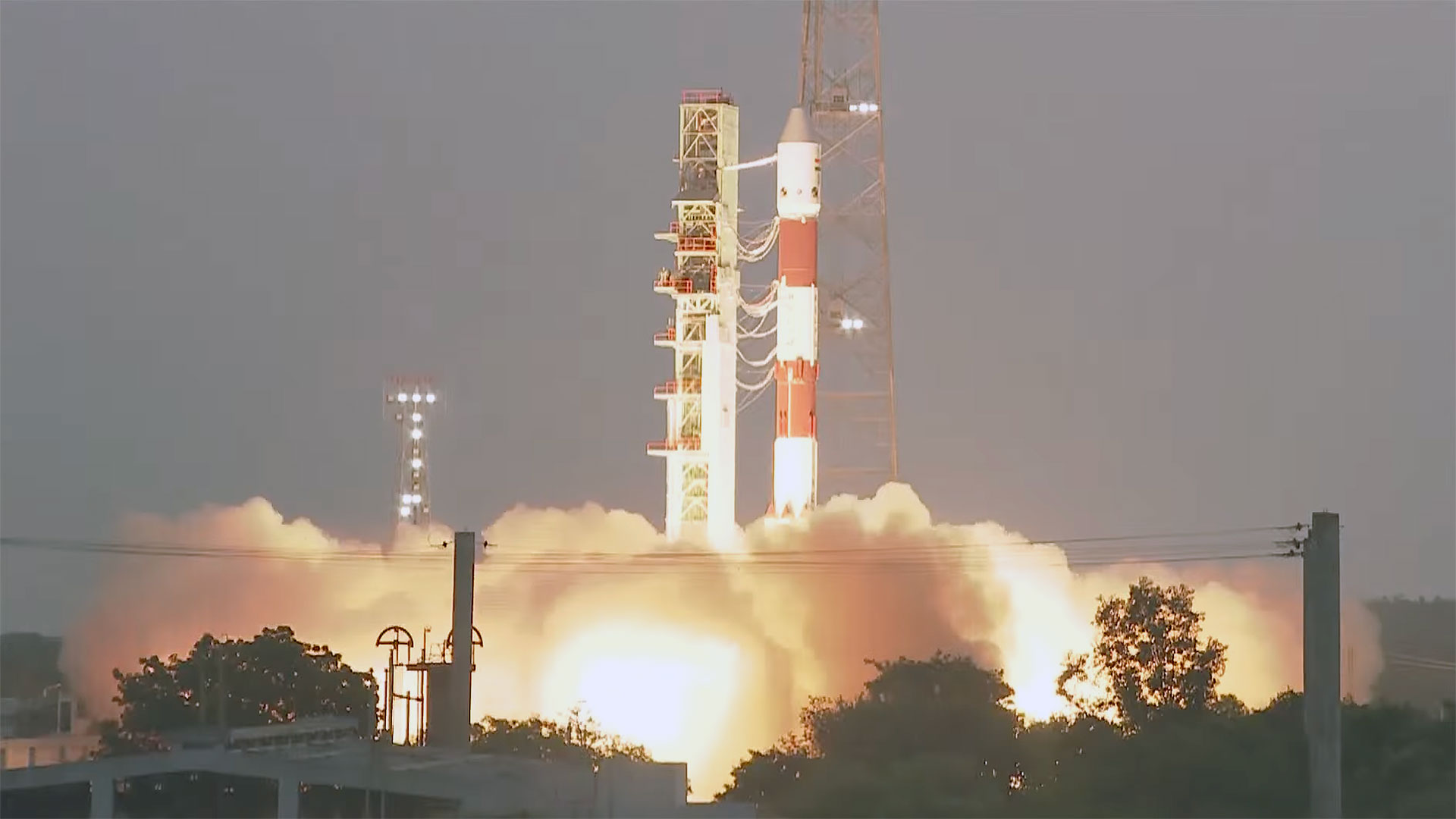Space Bubbles! Watch Water Act Weird in Zero G (Video)
Here's why water looks and acts different in space than on Earth.
If you shake a plastic bag filled with water, a few tiny air bubbles will race to the top in seconds. However, if you launch that same bag into space, those bubbles will look and act a lot different.
A recent video from Canadian Space Agency (CSA) astronaut David Saint-Jacques shows different-size air bubbles gurgling their way around a bag of what appears to be a gel-like substance but is actually water.
The reason water takes on this unfamiliar form has to do with gravity, or rather, the lack thereof. On Earth, air is lighter than water, and its added buoyancy compared to water makes it float upward and quickly burst through water droplets. In space, however, air bubbles linger in the liquid rather than floating to the top, because gravity isn't pulling the liquid down.
Related: Fun in Zero G: Weightless Photos from Earth and Space

"Scientists are trying to better understand the behavior of bubbles in microgravity," Perry Green, senior program scientist at CSA, told Space.com.
On Earth, the buoyancy of the air bubbles causes them to rise to the top together, creating a segregation between air and water. However, in microgravity, nothing forces the air bubbles to interact and thus rise together, Green said.
Previous research has looked at boiling water in space, examining how those bubbles formed in different sizes than bubbles in boiling water on Earth. In space, one large air bubble forms in the boiling water and traps heat energy inside.
Get the Space.com Newsletter
Breaking space news, the latest updates on rocket launches, skywatching events and more!
"You don't have a lot of precise answers [for the effects of microgravity on liquids,]" Green said. "In microgravity, it's difficult to predict."
However, if better understood, bubbles' behavior in space could help engineers build more-efficient cooling systems for space exploration.
Saint-Jacques has been at the International Space Station for 183 days now, conducting different experiments. He has previously demonstrated the effects of microgravity on honey, showing that it pours out of a jar and turns into an elastic-like substance.
- Heads-Up for Beer Lovers: Mars Tech Could Brew Better Bubbles
- Sloshing in Space: Wild Astronaut Video Shows Weightless Fluid Flow
- Method of Making Oxygen from Water in Zero Gravity Raises Hope for Long-Distance Space Travel
Follow Passant Rabie on @prabiez. Follow us on Twitter @Spacedotcom and on Facebook.
Join our Space Forums to keep talking space on the latest missions, night sky and more! And if you have a news tip, correction or comment, let us know at: community@space.com.

Passant Rabie is an award-winning journalist from Cairo, Egypt. Rabie moved to New York to pursue a master's degree in science journalism at New York University. She developed a strong passion for all things space, and guiding readers through the mysteries of the local universe. Rabie covers ongoing missions to distant planets and beyond, and breaks down recent discoveries in the world of astrophysics and the latest in ongoing space news. Prior to moving to New York, she spent years writing for independent media outlets across the Middle East and aims to produce accurate coverage of science stories within a regional context.
